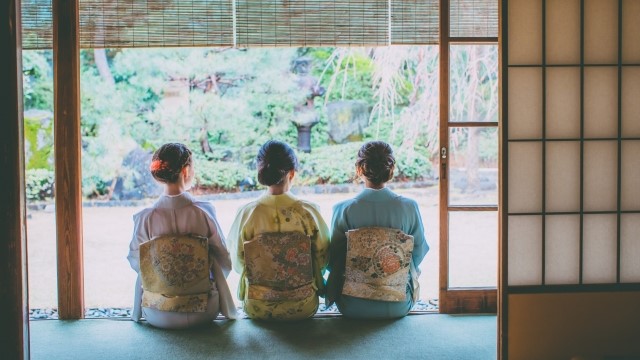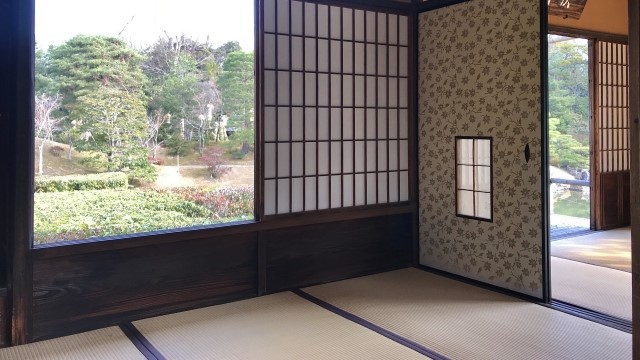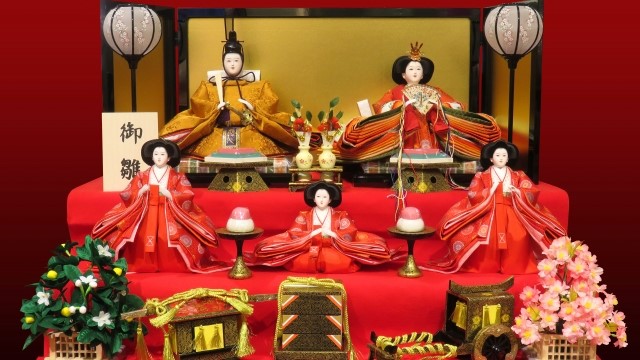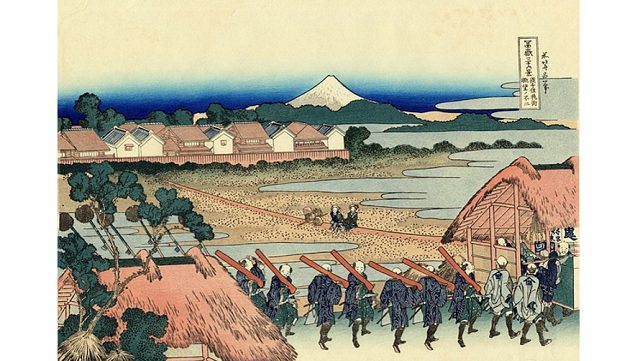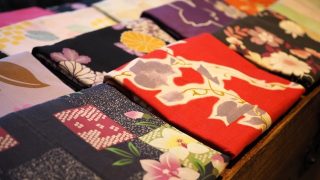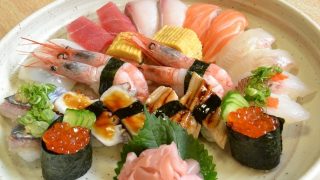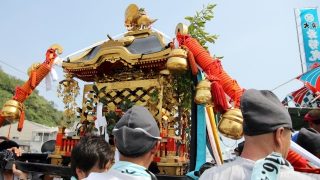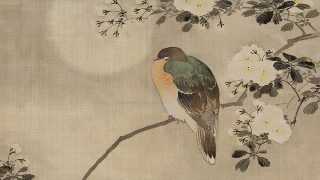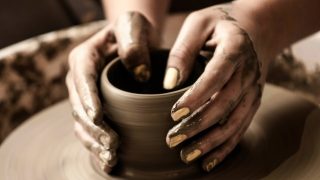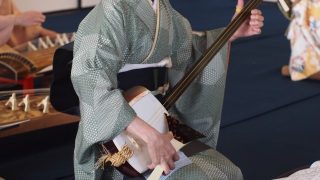Japanese Kimono (着物)
The Kimono is a traditional Japanese craft.
It is a traditional Japanese garment that was worn until the Meiji period (1868-1912), when Western clothing culture was introduced and is very profoundly crafted by artisans, one by one, using techniques passed down through the ages.
The style has changed variously over time.
The beginning of Kimono
Japanese clothing began with the Kantoui, a cloth with a hole drilled in the middle, and in the Kofun period, it became a combination of a jacket and trousers.
In the Nara period (710-794), the style of court attire was the same as in China, but by the Heian period (794-1185), it had become a unique layering style like the Junihitoe.
In the samurai period and the simplification of noblemen’s costumes, the Kosode (小袖) appeared on the stage. The ordinary people originally wore the plain white Kosode with narrow cuffs daily. Kosode, which used to be underwear for the aristocrats, became the center of clothing for the Japanese, regardless of gender or status, and became the prototype for today’s Kimono.
From the Azuchi-Momoyama period to the Edo period, improvements in dyeing and weaving techniques led to the creation of sumptuous Kimonos and Obis, and the Kimono culture blossomed.
In the Meiji period (1868-1912), with the inflowing of Western-style clothing, the Kimono gradually became a garment to be worn on special occasions such as weddings and funerals.
It is now an outfit for even more special occasions, such as coming-of-age ceremonies and weddings.
The feature of Kimono
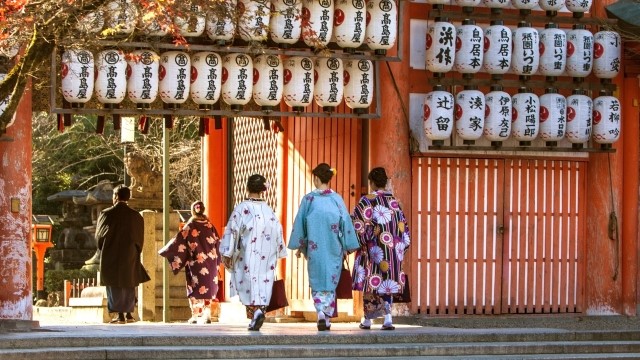
One of the great features of the Kimono is that it can express a sense of seasonality.
The straight and straightforward shapes accentuate the delicacy, bold patterns, and vivid colors of the Kimono, which is dressed in the beautiful seasons of Japan and tells of the changes of the seasons.
For this reason, Kimonos and Obis, which remind people of seasonal events, are considered “Iki” (粋). Iki means a refreshing, good-natured, innocent, and sexy atmosphere.
For example, for a home party at a spring Hinamatsuri (Girls’ Festival), wear a cherry blossom-colored Kimono with a cherry blossom patterned Obi, while for a formal meeting, wear a black Kimono with scattered cherry blossoms and a gold-colored Obi.
In the early summer season, people wear sky-blue Komon-Kimono and iris Obis. In summer, people enjoy summer-like cotton yukata, such as fireworks and goldfish, for outdoor events in the evening.
In autumn, the depth of the season is conveyed with a Kimono of warm colors such as brown and purple or a thick obi, and in early winter, it becomes a stylish accent if people use a white Kimono that reminds them of the first snowfall and Christmas colors such as red and green for an Obi-jime.
In New Year, choose a Kimono with pine, bamboo, plum, or other flamboyant patterns and dress it up in a gorgeous way to add to the festive mood.
The current Kimono
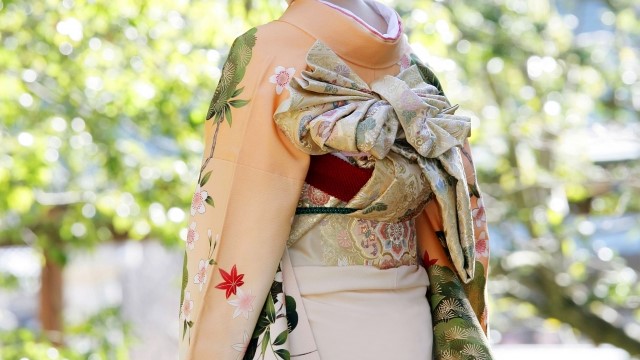
Recently, high-quality kimonos from the past can be purchased on the Internet at a relatively reasonable price, and young people are becoming interested in them again. In addition, many people come to the ceremony with honor in Kimono, and the importance as an essential element to inherit the traditional beauty of Japan will increase.
In the past, detailed rules depended on the season, age, whether you were married or unmarried, etc., but nowadays, more and more people are enjoying themselves freely.
The procedure of putting on a Kimono is called “Kitsuke,” and there are classes in many places, so it is not so difficult once you get used to it.
Why don’t you try your hand at a Kimono?


